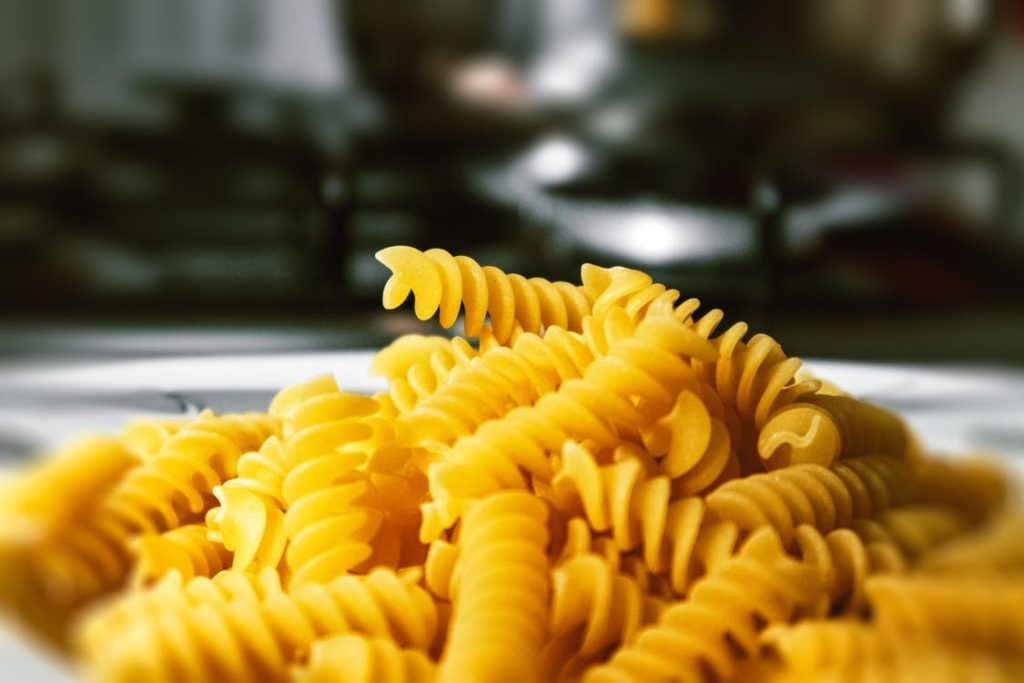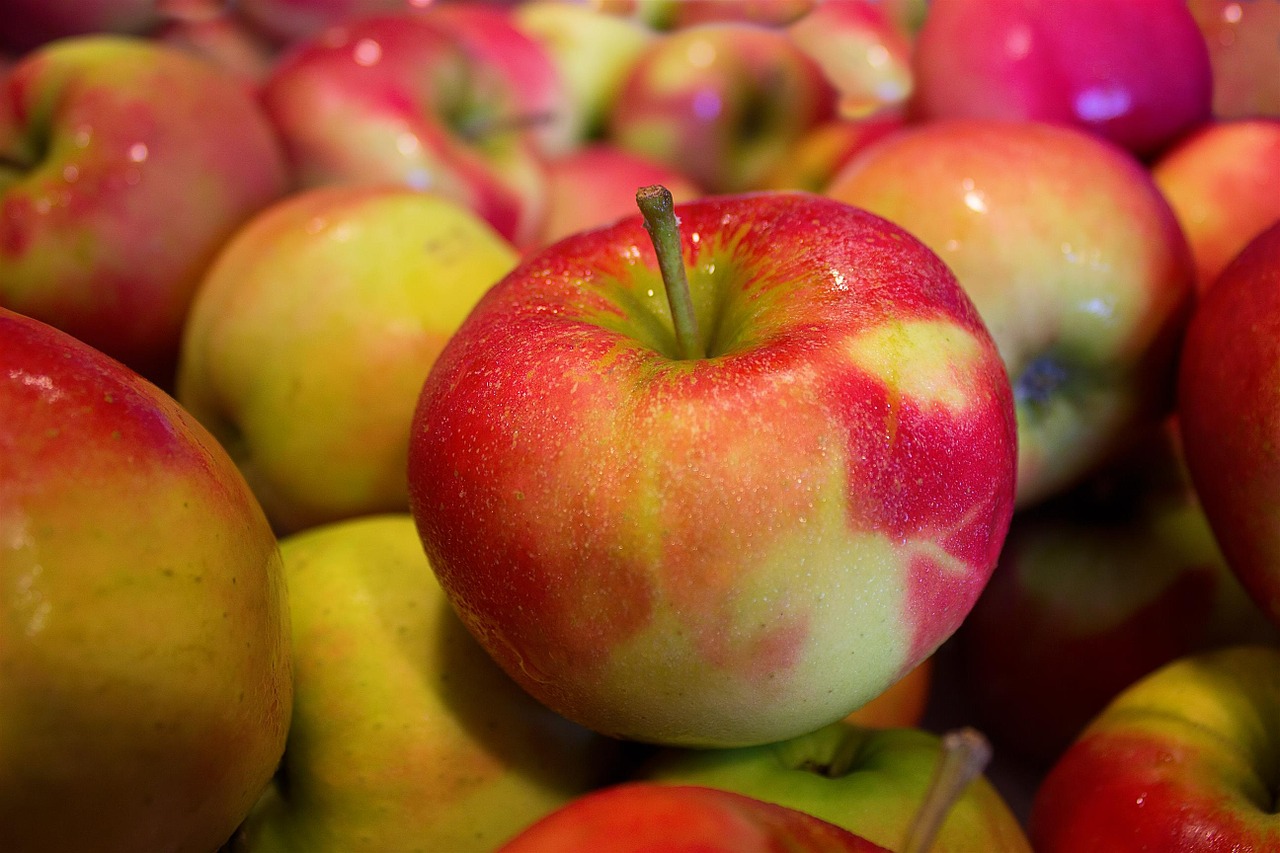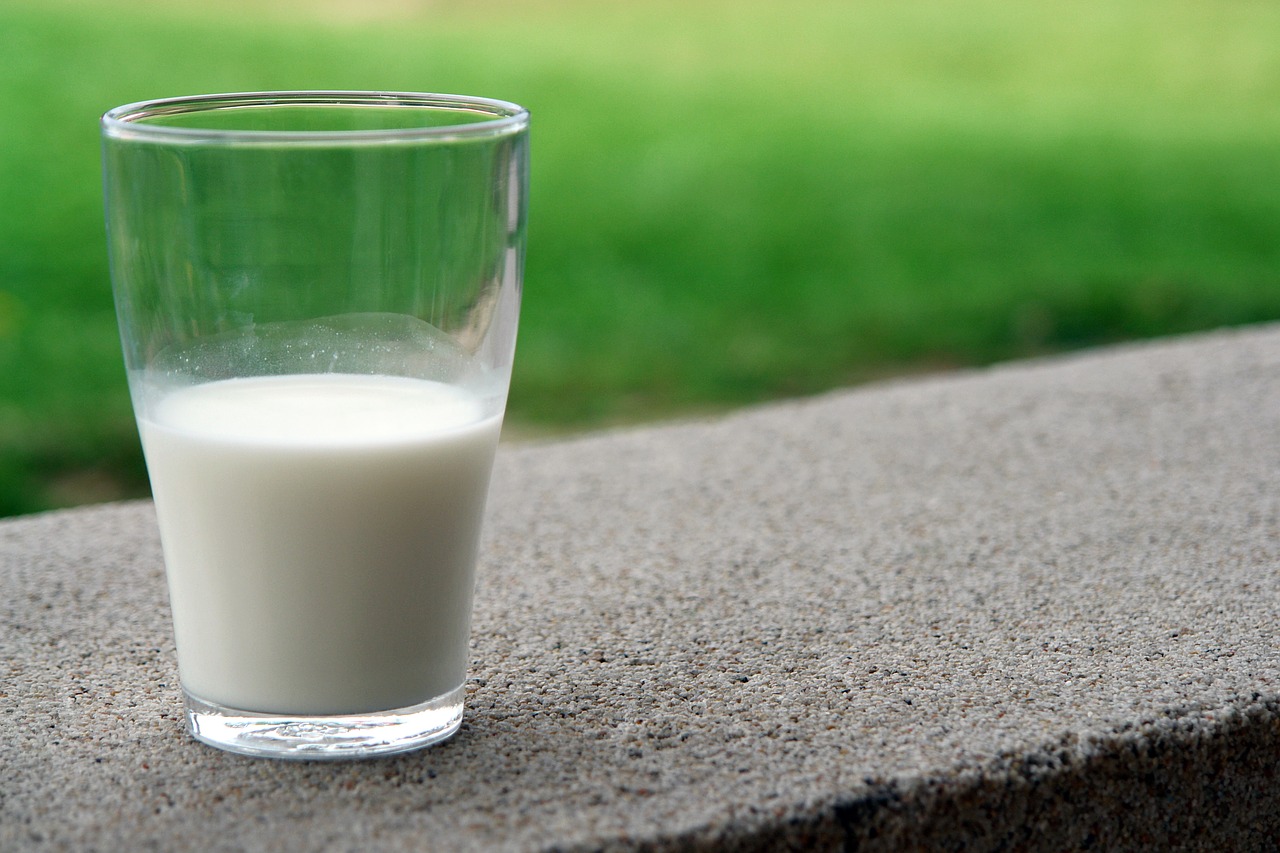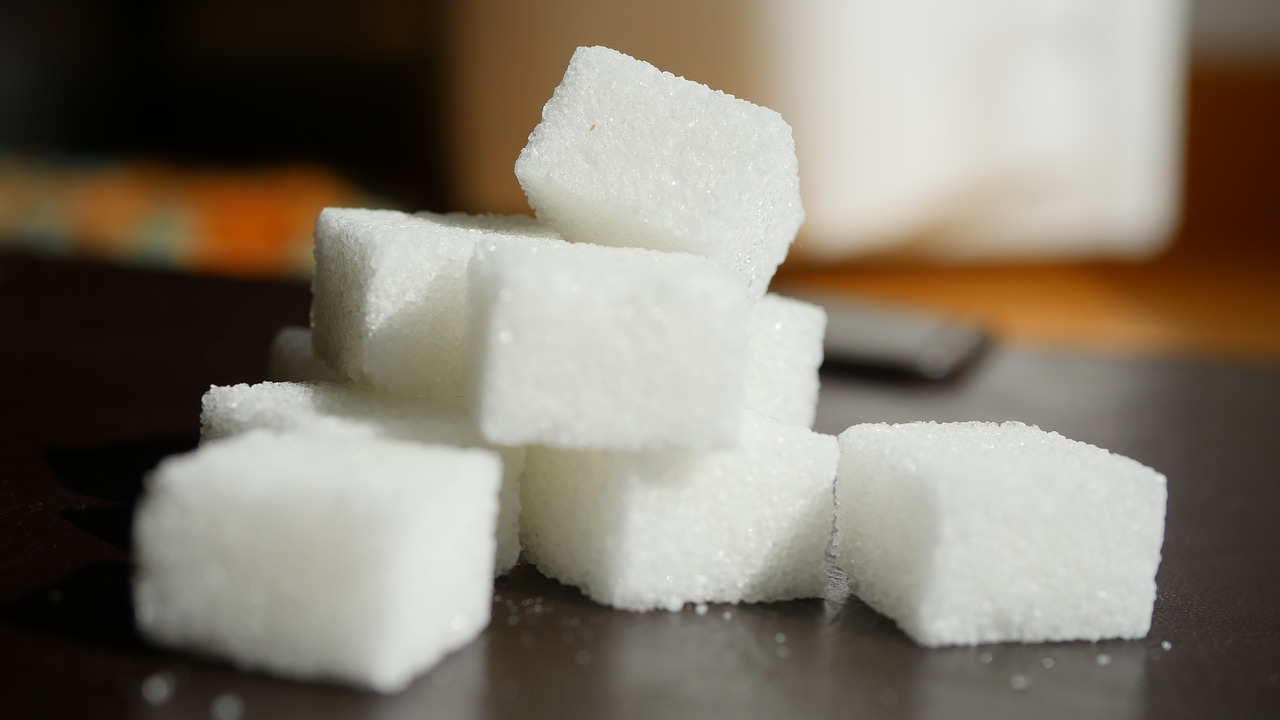Carbohydrates explained
by Ailsa Harvey · 22/01/2020
These biological building blocks are an essential food group that we need to eat to survive

Carbohydrates are sugars, starches and fibres, and the word ‘carbohydrate’ gives a bit of a clue about their structure. The ‘carbo’ part stands for carbon (C), while the ‘hydrate’ bit refers to water, in the form of hydroxyl groups (OH-). They have the simple formula Cx(H2O)y.
Carbohydrates are divided into four major categories based on their size. The simplest are monosaccharides, or ‘simple sugars’. These single blocks are made up of a small number of carbon
atoms, attached to hydrogen and oxygen atoms, and include glucose, fructose and galactose. Then there are the disaccharides, or ‘double sugars’, like sucrose and lactose. These are made from two simple sugars bonded end-to-end.
Finally, there are the oligosaccharides and the polysaccharides, meaning few and many sugars respectively. Oligosaccharides are chains of between three and six simple sugars, and polysaccharides are even longer, with chains of simple sugars that can be linked together in their thousands.
Where can you find them?
Monosaccharides
These are the ‘simple sugars’. They form structures with at least three carbon atoms arranged in slightly different ways, which affects how the body processes them.

Glucose
Glucose isn’t often found on its own in foods, but is a key building block of bigger carbohydrates.

Fructose
Also known as ‘fruit sugar’, this simple sugar is found naturally in fruits and honey.

Galactose
This simple sugar is mostly found bound to glucose to form lactose, but it can also be found on its own in nuts and peas.
Disaccharides
These are the ‘double sugars’, made from two simple sugars joined end-to-end. They come in different varieties depending on the types of simple sugar that they contain. The body splits them into simple sugars before use.

Lactose
Lactose is ‘milk sugar’, and is made from glucose and galactose bonded together.

Sucrose
This is the familiar sweet-tasting table sugar. It’s made from a combination of fructose and glucose.

Maltose
This two-part sugar is made from two molecules of glucose. It is sometimes known as ‘malt sugar’ and it can be found in grains.
Polysaccharides
These are the ‘many sugars’, made from long chains of simple sugars, either joined end-to-end in chains, or joined side-to-side to form large, branching structures. These are sometimes known as ‘complex’ carbohydrates.

Fibre
Some long carbohydrates cannot be broken down by our digestive systems. Collectively, these are known as fibre. They pass all the way through the digestive system, helping to keep things moving.

Cellulose
This type of carbohydrate is another long chain of glucose made by plants, but it can’t be digested.

Starch
Potatoes, wheat and corn contain lots of these complex carbohydrates. They are long chains of glucose made only by plants.
This article was originally published in How It Works issue 96
For more science and technology articles, pick up the latest copy of How It Works from all good retailers or from our website now. If you have a tablet or smartphone, you can also download the digital version onto your iOS or Android device. To make sure you never miss an issue of How It Works magazine, subscribe today!





